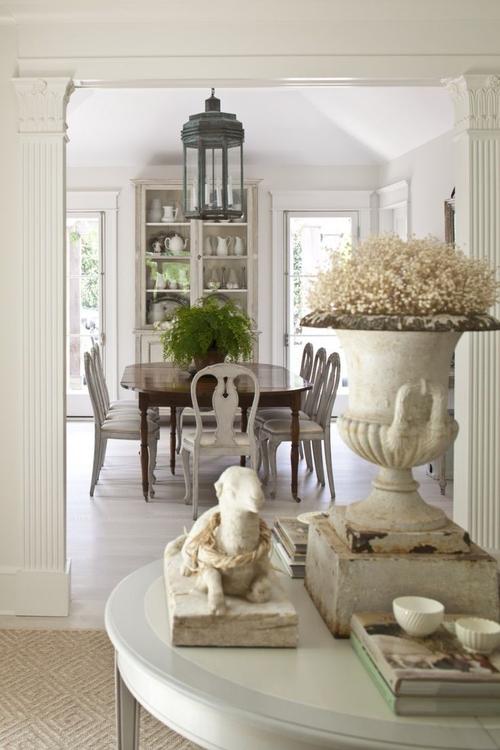Two Tone Wall Paint Design: A Comprehensive Guide
Are you looking to transform your space with a unique and eye-catching wall paint design? Two-tone wall paint is a fantastic way to add depth, texture, and visual interest to any room. In this detailed guide, we’ll explore the various aspects of two-tone wall paint design, from choosing the perfect colors to applying the finish. Let’s dive in!
Understanding Two-Tone Wall Paint
Two-tone wall paint involves painting two different colors on a single wall, creating a striking contrast. This technique can be used to highlight architectural features, define spaces, or simply add a touch of elegance to your home. Whether you prefer a subtle blend or a bold statement, two-tone wall paint offers endless possibilities.
Choosing the Right Colors
Selecting the right colors is crucial for a successful two-tone wall paint design. Here are some tips to help you make the best choices:

-
Consider the room’s purpose: For a cozy, inviting atmosphere, opt for warm tones like beige, light brown, or soft green. For a more energetic space, choose vibrant colors like red, orange, or yellow.
-
Think about the room’s lighting: Natural light can enhance certain colors, while artificial light can alter their appearance. Test paint samples in different lighting conditions to ensure the colors look great in your space.
-
Balance the colors: Avoid clashing colors by choosing hues that complement each other. For example, a light blue and a dark blue can create a harmonious look, while a bright red and a muted orange might be too jarring.
Designing Your Two-Tone Wall Paint
Once you’ve selected your colors, it’s time to decide how to apply them. Here are some popular two-tone wall paint designs:

-
Vertical stripes: This classic design involves painting vertical stripes on the wall, creating a sense of height and balance. You can choose to paint the stripes in equal widths or vary the widths for a more dynamic look.
-
Horizontal stripes: Similar to vertical stripes, horizontal stripes can add width to a narrow room or draw attention to a particular feature. Experiment with different widths and colors to find the perfect balance.
-
Walls and trim: Paint one wall a different color than the rest of the room, creating a focal point. This design works well in rooms with architectural details, such as wainscoting or crown molding.
-
Accent wall: Create an accent wall by painting one wall a bold color, while keeping the rest of the room in a neutral shade. This technique can make a small room feel larger and add a touch of sophistication.
Applying the Two-Tone Wall Paint
Applying two-tone wall paint requires careful planning and execution. Here are some tips to ensure a smooth process:
-
Prep the walls: Clean the walls, fill in any holes or cracks, and sand any rough spots. This will help the paint adhere better and create a smooth finish.
-
Choose the right tools: Use high-quality brushes, rollers, and painter’s tape for the best results. Ensure your tools are clean and in good condition to avoid any smudges or streaks.
-
Paint the first color: Start by painting the wall with the primary color, following the manufacturer’s instructions. Allow the paint to dry completely before moving on to the second color.
-
Paint the second color: Once the first color is dry, carefully apply the second color, using painter’s tape to create clean lines. Be patient and take your time to ensure a professional finish.
Maintenance and Tips
Once your two-tone wall paint is complete, it’s essential to maintain it to keep it looking beautiful. Here are some tips:
-
Clean regularly: Dust and dirt can accumulate on painted surfaces, so it’s important to clean your walls regularly. Use a soft cloth or a vacuum with a brush attachment to avoid damaging the paint.
-
Touch up as needed: Over time, paint may chip or fade. Keep touch-up paint on hand to quickly fix any issues.
-
Consider the room’s use: If your room is prone to high humidity or heavy traffic, opt for a durable, wash










